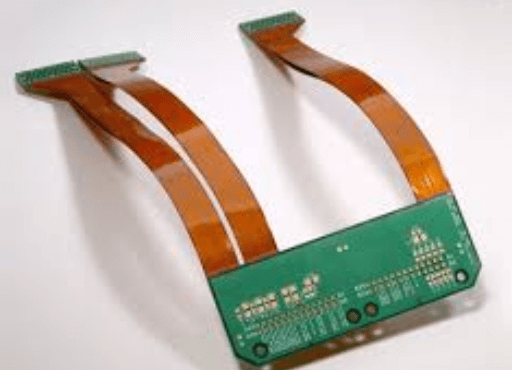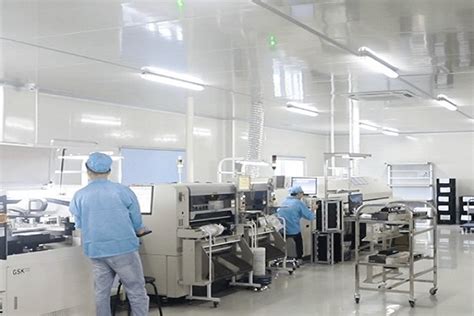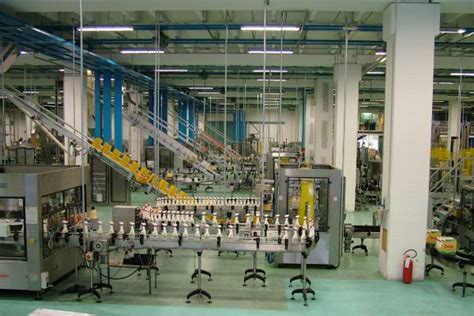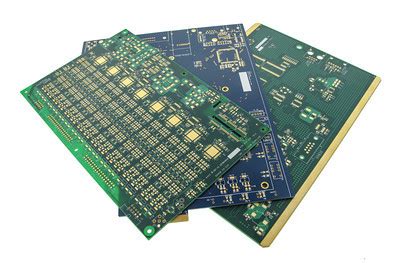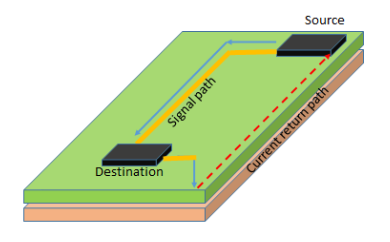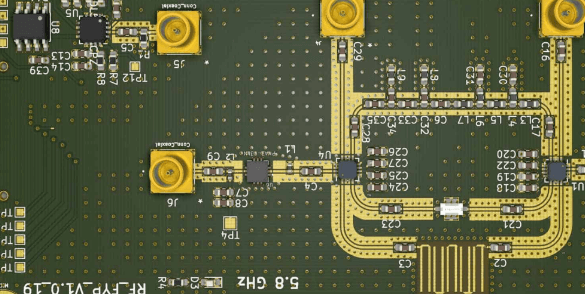The Comprehensive Guide to Flexible PCB Manufacturers: Capabilities, Materials, and Selection Criteria
Introduction
Flexible printed circuit boards (flex PCBs) have become essential components in modern electronics, enabling innovative designs in industries ranging from consumer electronics to aerospace. As devices become smaller, lighter, and more complex, the demand for high-quality flex PCB manufacturers has surged. This article explores the key aspects of flex PCB manufacturing, including materials, processes, applications, and how to select the right manufacturer for your project.
What is a Flexible PCB?
A flexible PCB is a circuit board made of flexible polymer substrates such as polyimide or polyester, allowing the board to bend, twist, and fold without damaging the circuitry. Unlike traditional rigid PCBs, flex circuits can be shaped to fit compact and irregular spaces, making them ideal for wearable devices, medical implants, and foldable smartphones.
Key Advantages of Flex PCBs:
- Space and Weight Reduction – Flex circuits eliminate the need for bulky connectors and wiring.
- Enhanced Durability – Withstand vibrations, shocks, and repeated bending.
- Design Flexibility – Can be shaped into 3D configurations.
- Improved Signal Integrity – Reduced electromagnetic interference (EMI) due to fewer interconnects.
- Cost Efficiency – Lower assembly costs by integrating multiple rigid boards into a single flex circuit.
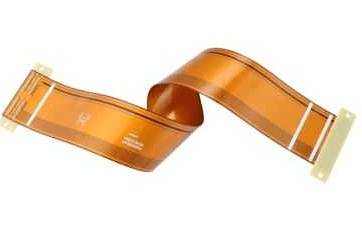
Key Capabilities of a Reliable Flex PCB Manufacturer
When selecting a flex PCB manufacturer, it’s crucial to evaluate their technical capabilities, quality control, and industry experience. Below are the essential factors to consider:
1. Material Expertise
High-quality flex PCBs require specialized materials, including:
- Substrates: Polyimide (most common), PET, PEN, or PTFE for high-frequency applications.
- Conductors: Copper (electrodeposited or rolled annealed), sometimes with silver or gold plating.
- Adhesives: Acrylic or epoxy-based for layer bonding.
- Coverlays & Solder Masks: Polyimide films or liquid photoimageable (LPI) solder masks for protection.
A top manufacturer should offer a variety of material options to meet different thermal, mechanical, and electrical requirements.
2. Advanced Manufacturing Processes
Flex PCB fabrication involves several critical steps:
- Laser Drilling & Microvia Formation – For high-density interconnects (HDI) designs.
- Precision Etching – To achieve fine traces (as small as 25µm).
- Plating & Surface Finishes – ENIG (Electroless Nickel Immersion Gold), HASL, or immersion silver for solderability.
- Lamination & Curing – Ensures layer adhesion without warping.
- Automated Optical Inspection (AOI) – Detects defects early in production.
Manufacturers with rigid-flex PCB expertise can produce hybrid boards that combine the benefits of both technologies.
3. Design Support & Prototyping
A good manufacturer provides Design for Manufacturability (DFM) feedback to optimize:
- Bend radius (to prevent cracking)
- Trace routing (to avoid stress points)
- Stiffener integration (for connector reinforcement)
Rapid prototyping services (1-2 weeks) are essential for iterative testing before mass production.
4. Certifications & Quality Standards
Look for manufacturers compliant with:
- IPC-6013 (Performance specification for flexible PCBs)
- ISO 9001, IATF 16949 (Quality management for automotive)
- UL Certification (Safety compliance)
- RoHS & REACH (Environmental regulations)
5. Scalability & Turnaround Time
The best manufacturers offer:
- Low-volume to high-volume production
- Fast-turn services (as quick as 24-48 hours for prototypes)
- Global logistics support

Applications of Flex PCBs Across Industries
1. Consumer Electronics
- Smartphones (foldable displays, camera modules)
- Wearables (smartwatches, fitness trackers)
- Laptops (hinge connectors, touchpads)
2. Medical Devices
- Hearing aids
- Endoscopic cameras
- Implantable sensors
3. Automotive & Aerospace
- Engine control units (ECUs)
- LED lighting systems
- Satellite and drone circuitry
4. Industrial & Military
- Robotics (flexible sensor arrays)
- Military-grade communication devices
How to Choose the Right Flex PCB Manufacturer
1. Assess Technical Expertise
- Do they specialize in high-frequency, high-speed, or high-temperature flex circuits?
- Can they handle multilayer flex and rigid-flex designs?
2. Evaluate Production Capacity
- Minimum/maximum order quantities (MOQ)
- Lead times for prototypes vs. bulk orders
3. Check Customer Reviews & Case Studies
- Look for testimonials from clients in similar industries.
- Request samples to verify quality.
4. Compare Pricing & Value-Added Services
- Some manufacturers offer assembly (PCBA) and component sourcing for a full turnkey solution.
5. Consider Location & Supply Chain Stability
- Offshore manufacturers may offer lower costs, but local suppliers provide faster turnaround and better communication.
Future Trends in Flex PCB Manufacturing
- Ultra-Thin Flex Circuits – For next-gen wearables and foldable devices.
- Stretchable Electronics – Emerging materials like conductive polymers.
- Embedded Components – Resistors and capacitors integrated within flex layers.
- Sustainable Manufacturing – Eco-friendly substrates and recycling programs.
Conclusion
Selecting the right flex PCB manufacturer is critical to ensuring product reliability, performance, and cost efficiency. By evaluating material expertise, production capabilities, certifications, and industry experience, businesses can partner with a manufacturer that meets their specific needs. As technology advances, flex PCBs will continue to enable groundbreaking innovations across multiple sectors, making the choice of a skilled manufacturer more important than ever.
Final Recommendations:
- For high-reliability applications (medical, aerospace), choose manufacturers with IPC Class 3 certification.
- For cost-sensitive consumer electronics, Asian manufacturers may offer competitive pricing.
- For quick prototyping, prioritize suppliers with in-house engineering support.
By following these guidelines, you can ensure a successful partnership with a flex PCB manufacturer that delivers high-quality, durable, and innovative solutions for your electronic designs.

